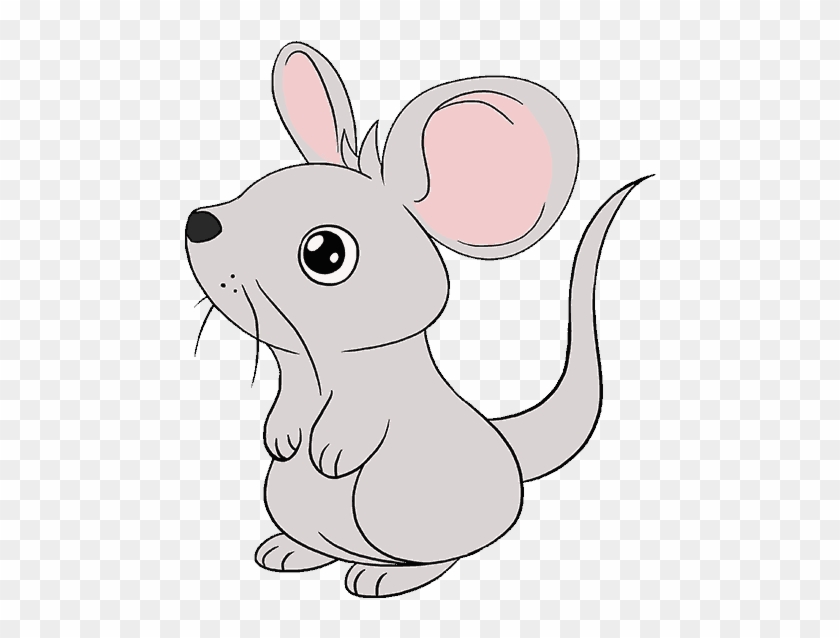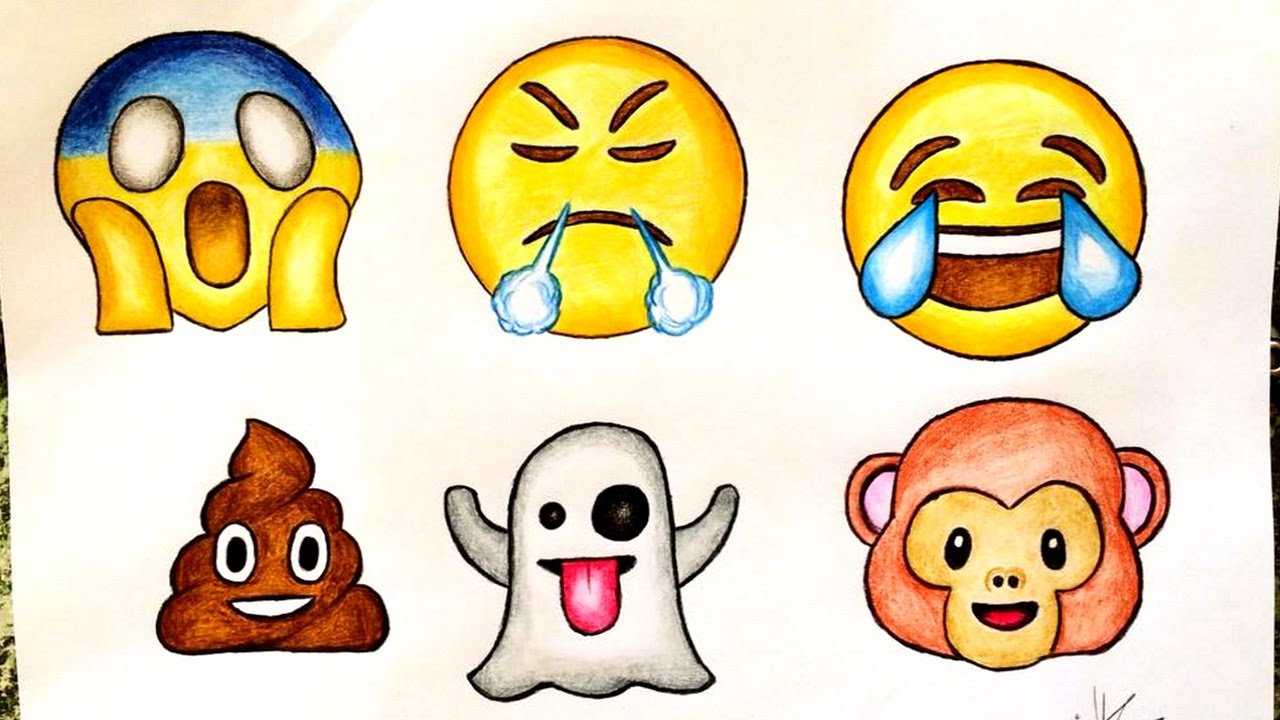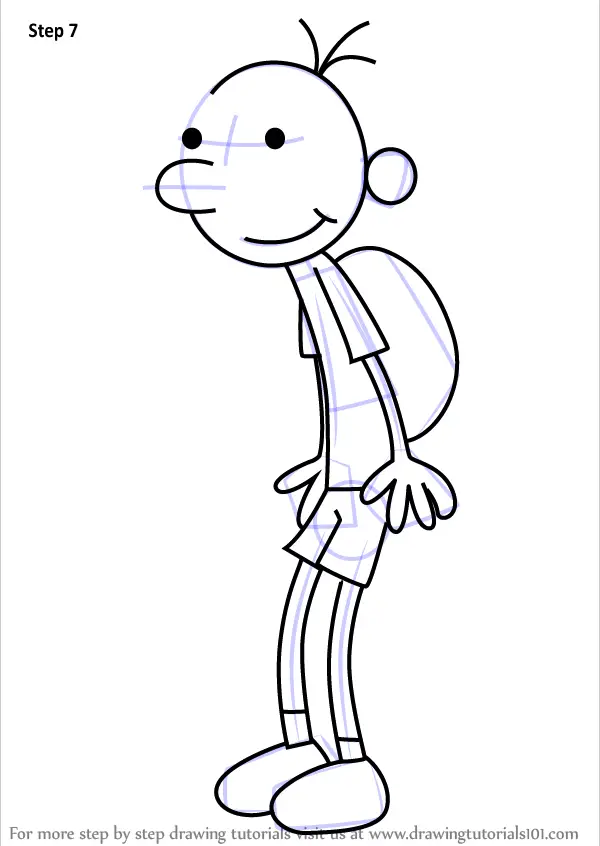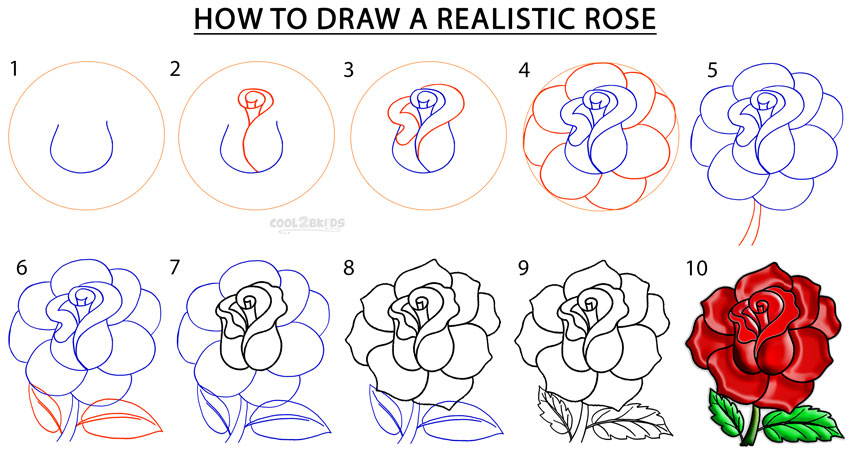Cursive drawing getdrawings kids writing
Table of Contents
Table of Contents
Do you want to add some elegant flair to your handwriting? Want to impress your friends, family, or colleagues with your cursive writing skills? Look no further than this post on how to draw in cursive!
The Pain Points of Learning Cursive Writing
Learning how to draw in cursive can be a bit intimidating, especially if you are used to printing or typing. It can feel like starting over, and sometimes the letters just don’t look right. Additionally, there are often multiple ways to form each letter, which can feel overwhelming.
How to Draw in Cursive
To get started with cursive writing, it’s important to start practicing the basic letter forms. Begin with lower case letters, as they are simpler and more commonly used. A good way to start is to trace over some examples until you feel comfortable creating the shape on your own. Once you feel confident with the lower case letters, move on to practicing upper case letters and connecting the letters in words. Remember to keep your wrist loose and use slow, deliberate strokes.
Main Points of How to Draw in Cursive
In summary, learning how to draw in cursive involves practicing the basic letter forms, upper case letters, and connecting letters in words. Remember to keep your wrist loose and use slow, deliberate strokes to achieve a smoother and more elegant look. With a bit of practice, you’ll be writing in cursive like a pro in no time!
Target of How to Draw in Cursive
When I first decided to learn how to draw in cursive, I felt overwhelmed by the idea of starting from scratch. I had always printed my letters and felt like I was too old to change my habits. However, with some patience and practice, I quickly discovered that cursive writing can add a touch of elegance and sophistication to my writing.
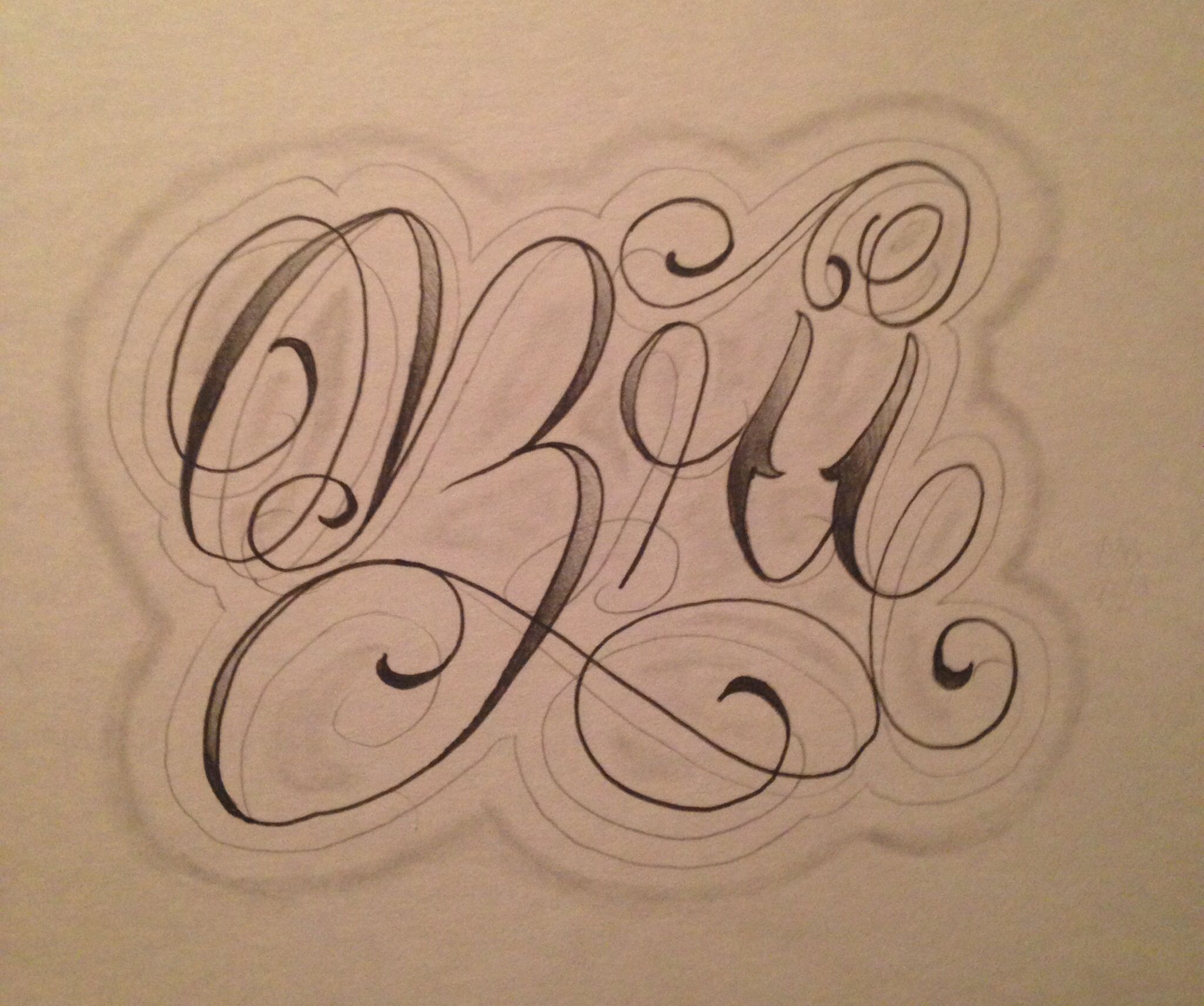 Tips for Practicing Cursive Writing
Tips for Practicing Cursive Writing
One of the best ways to improve your cursive writing is by practicing every day. Set aside a few minutes each day to write in cursive, whether it’s a letter to a friend or a quick journal entry. Additionally, it can be helpful to find examples of cursive writing that you admire and try to emulate the style. You can also find cursive writing worksheets online to help guide your practice.
 ### The Importance of Letter Connections
### The Importance of Letter Connections
Connecting the letters in cursive writing is a key element to achieving a smooth and elegant look. Make sure to practice connecting the letters in your name and common words until it feels natural. One tip is to focus on the initial and final letter connections, as these are often the most distinctive and can make a big difference in the overall appearance of the writing.
The Role of Muscle Memory in Cursive Writing
Over time, practicing cursive writing can become almost automatic, thanks to the development of muscle memory. This means that your hand can instinctively form the letters without you having to consciously think about each stroke. It can be a very satisfying feeling to see your writing improve as your muscle memory develops.
My Personal Experience with Cursive Writing
When I was younger, I struggled with cursive writing and often found it frustrating. However, as I got older, I became more interested in calligraphy and other forms of handwriting. I decided to re-learn cursive writing, and found that with practice, I was able to achieve a much more elegant and sophisticated look to my writing. I now use cursive writing whenever I want to add a touch of flair to an important note or letter.
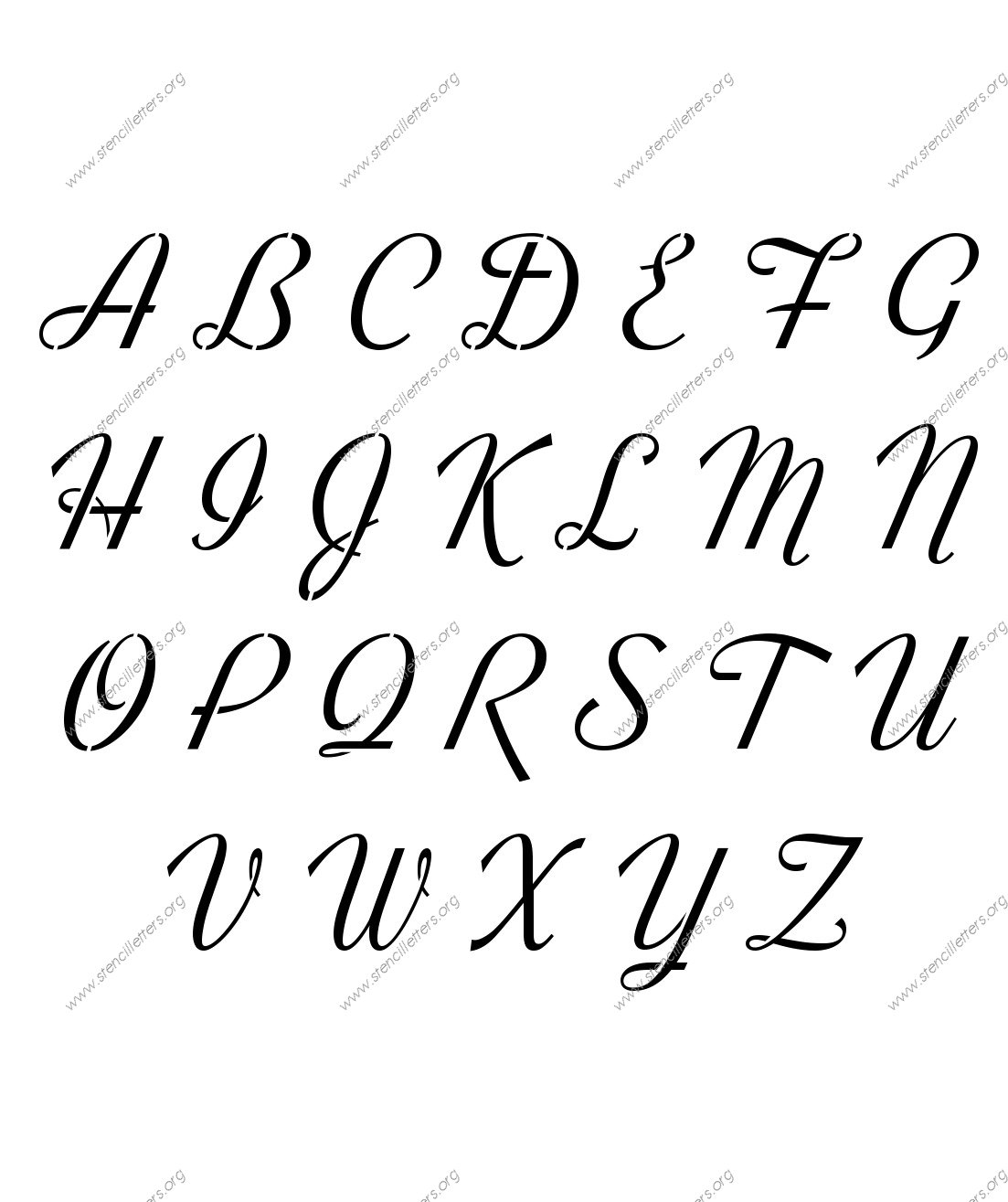 Question and Answer
Question and Answer
Q: Should I print or write in cursive?
A: It’s really up to personal preference and the situation. Cursive writing can add a more personal and elegant touch to your writing, but printing is often more legible and easier to read.
Q: How long does it take to learn cursive writing?
A: It depends on how much you practice and how quickly you develop muscle memory. Some people may see improvement after a few weeks of practice, while others may take longer.
Q: How can I make sure my cursive writing looks neat?
A: Make sure to use slow and deliberate strokes when forming the letters, and focus on forming consistent and even loops and lines. Practicing letter connections can also help improve the overall appearance of the writing.
Q: Can I still use cursive writing in a digital age?
A: Absolutely! While cursive writing may be less common in the digital age, it can still add a personal and elegant touch to digital correspondence, such as emails and digital notes.
Conclusion of How to Draw in Cursive
Learning how to draw in cursive can be a fun and rewarding skill to develop. With patience and practice, you can achieve a more elegant and sophisticated look to your writing. Remember to focus on the basic letter forms, letter connections, and muscle memory to improve your cursive writing skills. Happy writing!
Gallery
Cursive Drawing At GetDrawings | Free Download

Photo Credit by: bing.com / cursive drawing getdrawings kids writing
Cursive Drawing At GetDrawings | Free Download

Photo Credit by: bing.com / drawing cursive getdrawings
Cursive Drawing At GetDrawings | Free Download
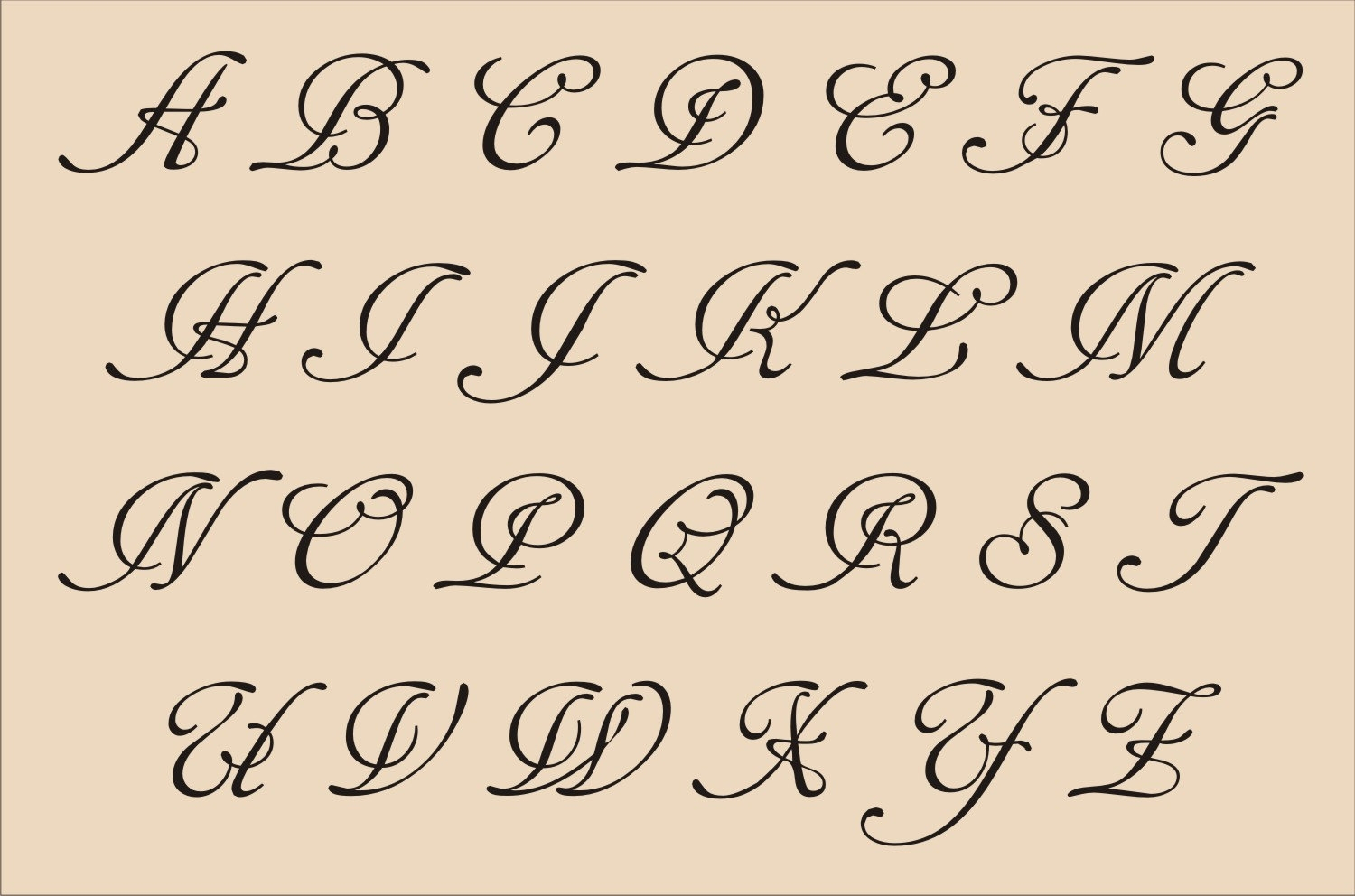
Photo Credit by: bing.com / cursive drawing letters fancy alphabet getdrawings
Cursive Drawing At GetDrawings | Free Download

Photo Credit by: bing.com / cursive letter stencils letters uppercase drawing custom stencil vintage lowercase lettering styles retro made small easy inch order drawings template
Cursive Letters Drawing At GetDrawings | Free Download

Photo Credit by: bing.com / letters cursive alphabet animal drawing into handwriting animals drawings correct type fun antics practice letter turning presentandcorrect lettering signs easy


